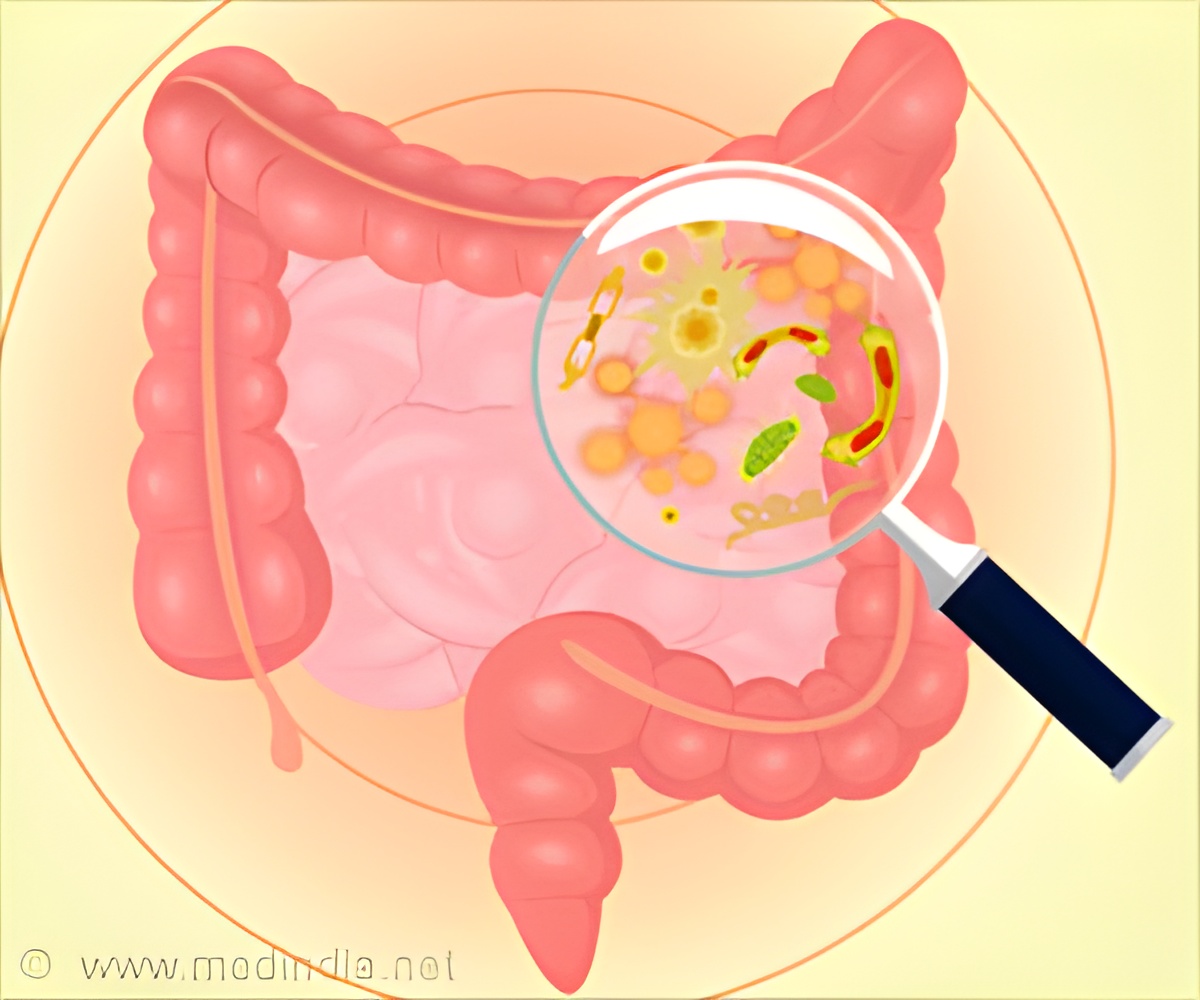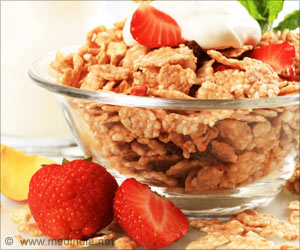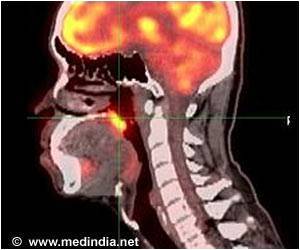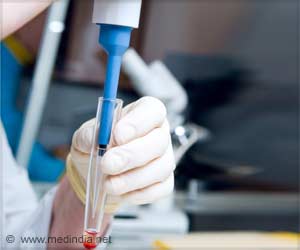The microbes in the gut respond to food preservatives that are anti-microbial in nature by shunning down and then resolves back.

‘Antimicrobial polylysine incorporated into food systems transiently alters gut microbial communities. This indicates a dynamic but resilient microbiome that adapts to microbial-active dietary components.’





Unexpectedly, they found that the polylysine compound temporarily perturbed the diversity of microbes in the mouse gut, but this change was transient and over the 15-week study period, the mouse gut microbiome resolved and returned to conditions similar to those at the start of the study. While the mouse gut microbiomes differed by the animals' gender, Sela notes, the observed treatment changes to the antimicrobial ε-polylysine were experienced the same regardless of gender.
Sela says, "This is a very interesting phenomenon that we haven't seen before, to our knowledge. We're certainly interested in looking into it further. We do not know enough about what preservatives do to the microbiomes in the gut."
Food not only nourishes the body but it also nourishes the beneficial bacteria, the microbiomeliving in the intestines, he points out. Food scientists and microbiologists are increasingly interested in these less-studied inhabitants, which may number as many as our own human cells, and the "prebiotic" foods that nourish them.
Microbes in the gut make molecules and compounds that help the body, or help some of the hundreds of other beneficial members of the community.
Advertisement
Two other groups received ε-polylysine plus pectin or ε-polylysine plus maltodextrin, common food additives that might be expected to interact with the ε-polylysine.
Advertisement
For their analysis of gut microbiota, the research team sampled mouse fecal pellets at three points: baseline, five weeks and nine weeks. Sela says, "The concentrations of gut microbes changed in response to polylysine as we fed the mice throughout the study. Surprisingly, the microbiome snapped back to the original concentrations despite continuous feeding of the polylysine, but we don't understand how or the potential relevance to health."
"Starting at about week five it changed," he adds, "but by about week 9 it was back. The microbes' functions shifted, which is really interesting that you can have different populations doing different things. Typically the microbiome will stay shifted when you give antibiotics, for example, so our results suggest that somehow there is an adaptation to the food-grade preservative.
Sela says, "We think this is going to be of interest to food manufacturers who use food-grade antimicrobial compounds and to people researching anti-microbial resistance." The work was supported by the USDA's National Research Initiative and its National Institute for Food and Agriculture.
Source-Eurekalert















